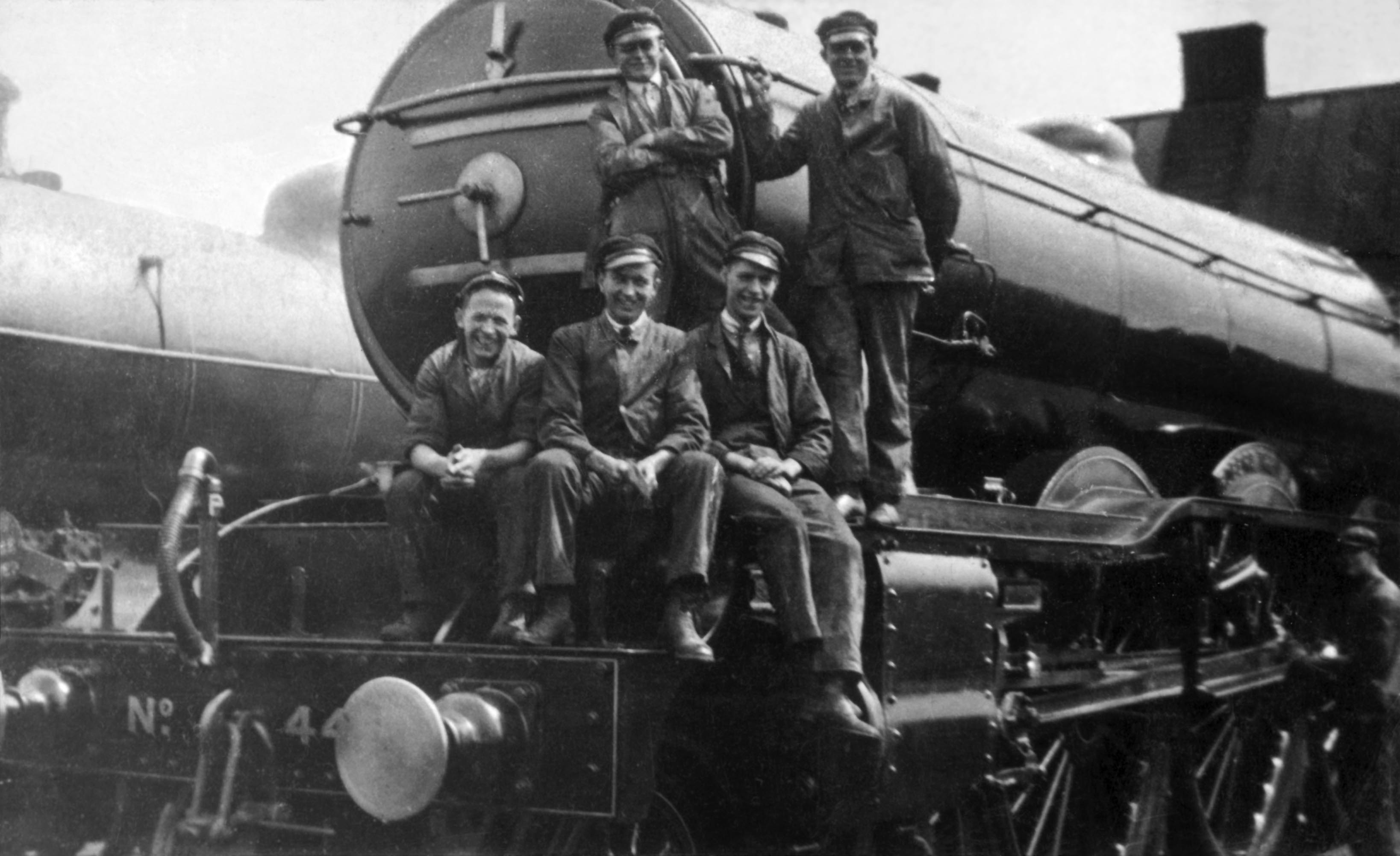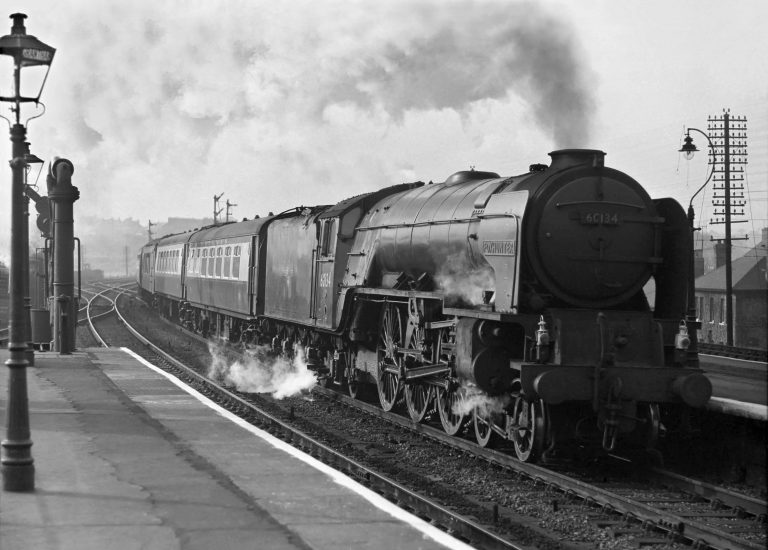Edinburgh Haymarket-based A3 60100 Spearmint was a bit of a rare sight as far south as our Tracks through Grantham territory, so when the locomotive turned up in two separate stories recently sent in by Alan Wilce and Roger Bamber we were tempted to rename 60100 as Doublemint! However, having chewed it over, we decided to keep things as they were, so hopefully our two new pages in 'Spotters’ Corner' from Roger and Alan will bring a breath of fresh air for our readers.
So join 13-year-old Roger Bamber on Grantham station in 1958, having travelled by bike over the hilly A607 from Leicester. When opportunities arise to capture some Haymarket Rarities on film, Roger is ready with his camera. One of the images is a photograph that helped to determine his career.
Then join Alan Wilce in 1960. Alan arrived from Melton Mowbray in his parents' car. His records were taken with pencil and notepad rather than film and now, with his Ian Allan ABC 'Combined Volume', his memories and some archive timetables, Alan re-creates for us the excitement of a 3-hour Summer Evening Visit to Grantham in 1960 during which 60100 Spearmint made another rare appearance at the station.



